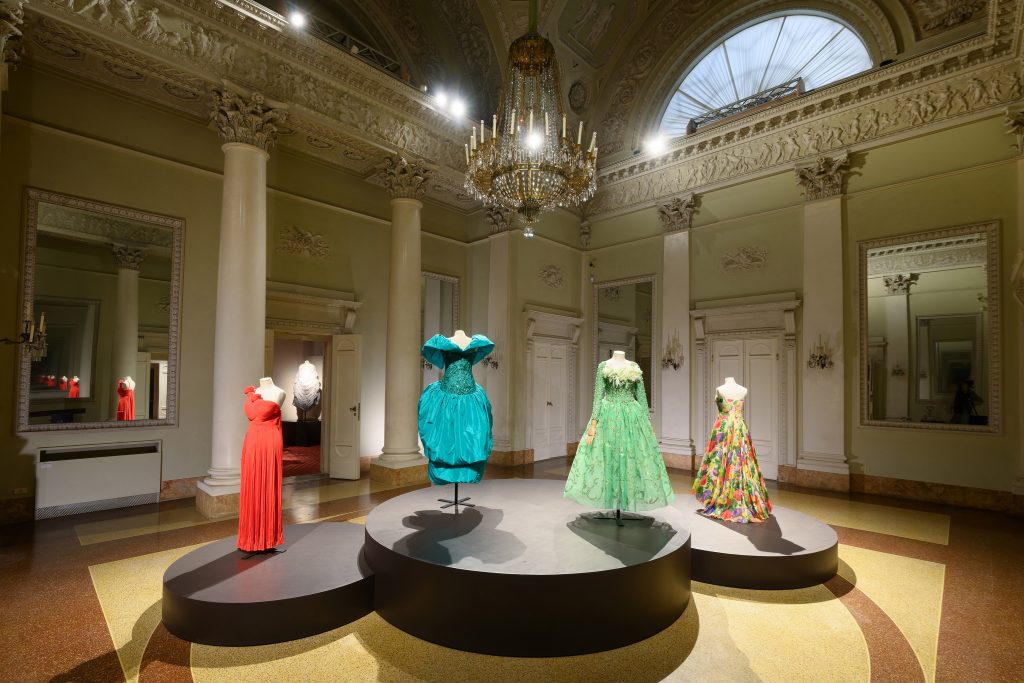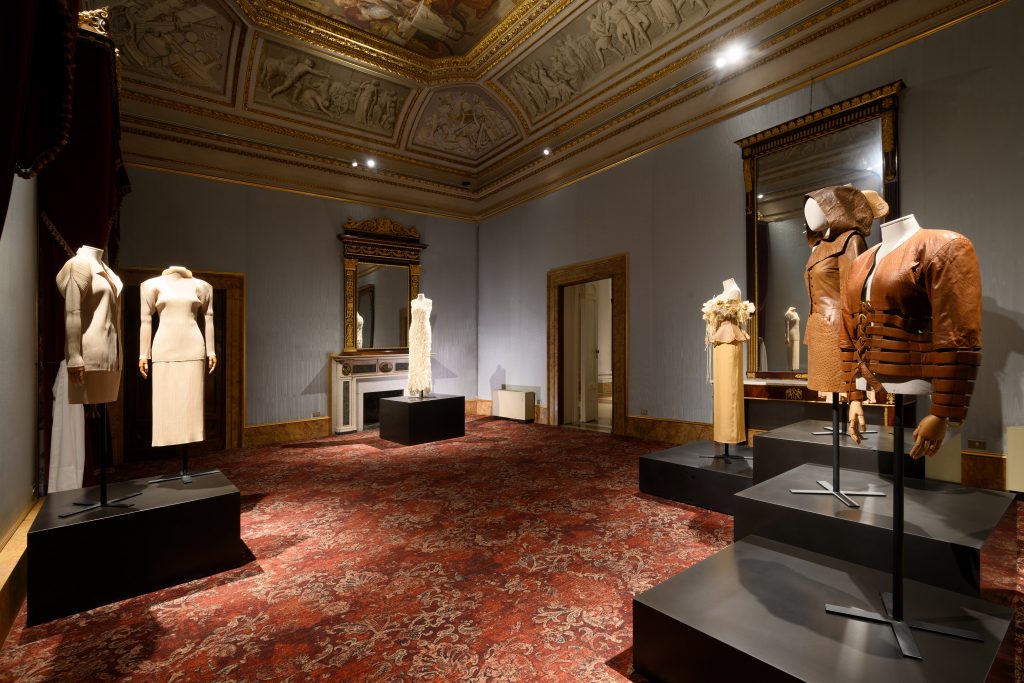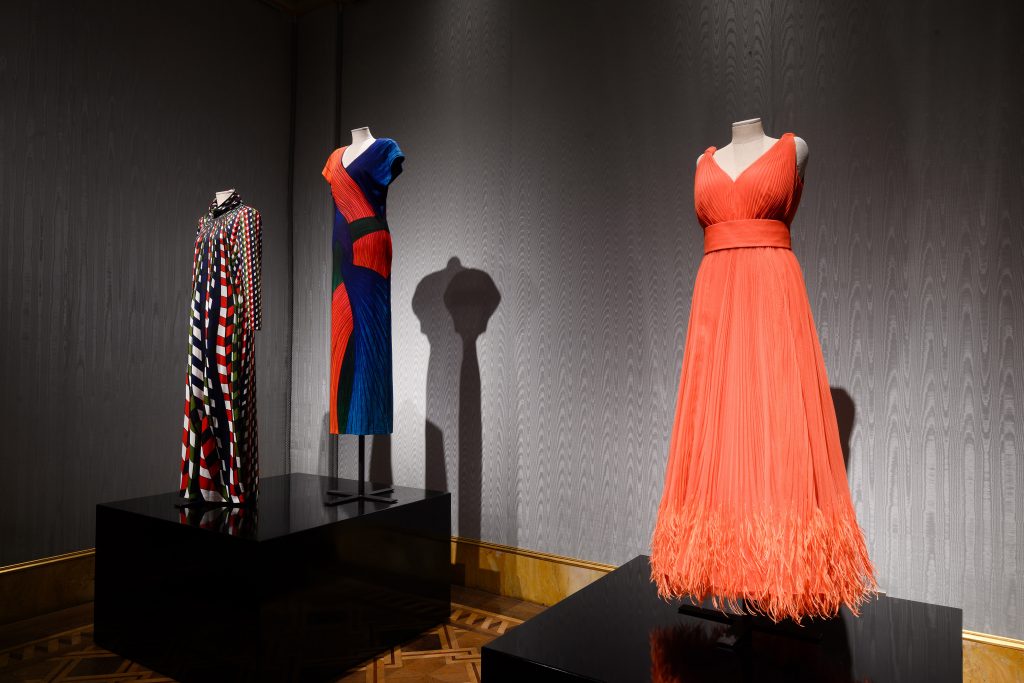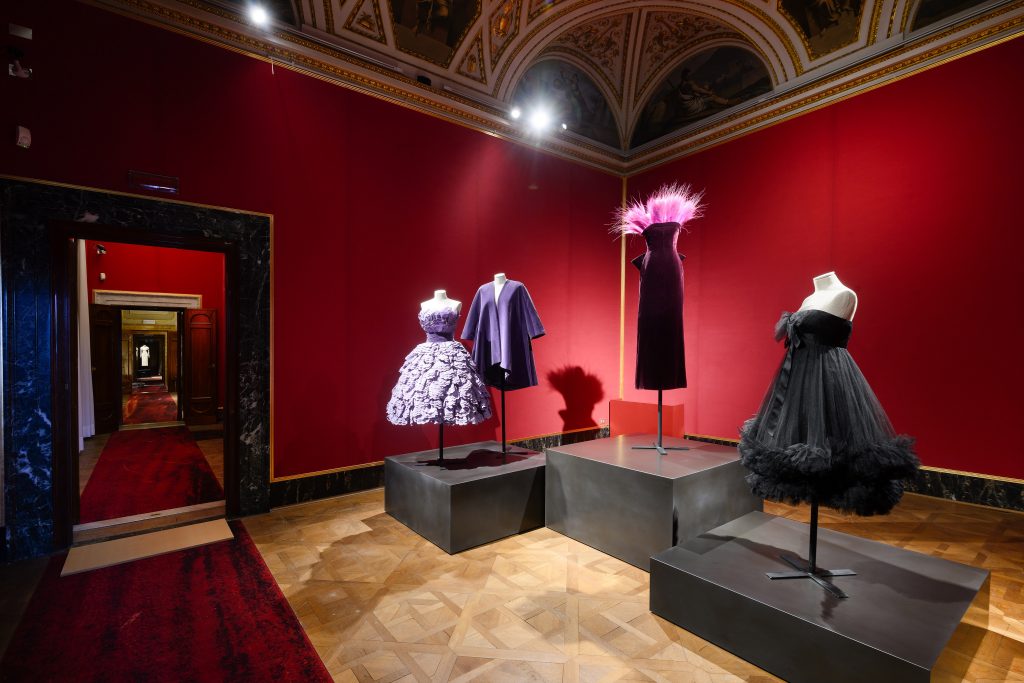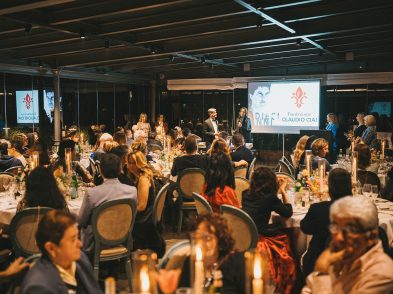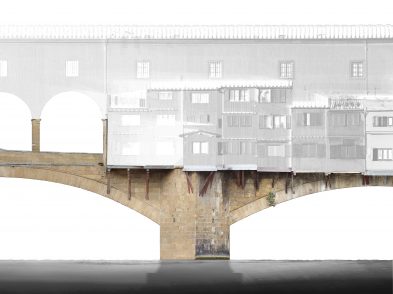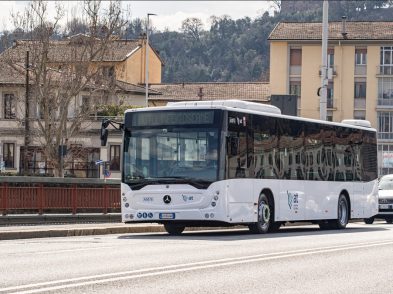The Museum of Fashion and Costume has reopened at the Palazzo Pitti after three years of closure caused by the Covid pandemic.
Twelve new rooms show more than fifty outfits and myriad accessories, including a Mariano Fortuny kimono once worn by Italian actress Eleonora Duse, a 1920s flapper tunic by Chanel, Elsa Schiaparelli’s showy eveningwear and a black sheath styled by Jean Paul Gaultier for Madonna. Masterpieces by Miuccia Prada, Giorgio Armani and John Galliano are also on show.
The 12 rooms, plus the 19th-century ballroom, occupied by the Museo della Moda e del Costume have been renovated 40 years after the foundation of the fashion museum in the Palazzo Pitti. In the spring, another ten rooms will be opened to the public showing aristocratic looks dating from the 16th to the 19th century, in addition to an entire hall devoted to jewellery.
At the inauguration of the Fashion and Costume Museum, Eike Schmidt, director of the Uffizi Galleries, which manages the space, is said to have made an appeal for designers, actors, singers, influencers and creators to donate items to the collection “in order to make this unique museum even more amazing”.
The history of the Museum of Fashion and Costume at Palazzo Pitti
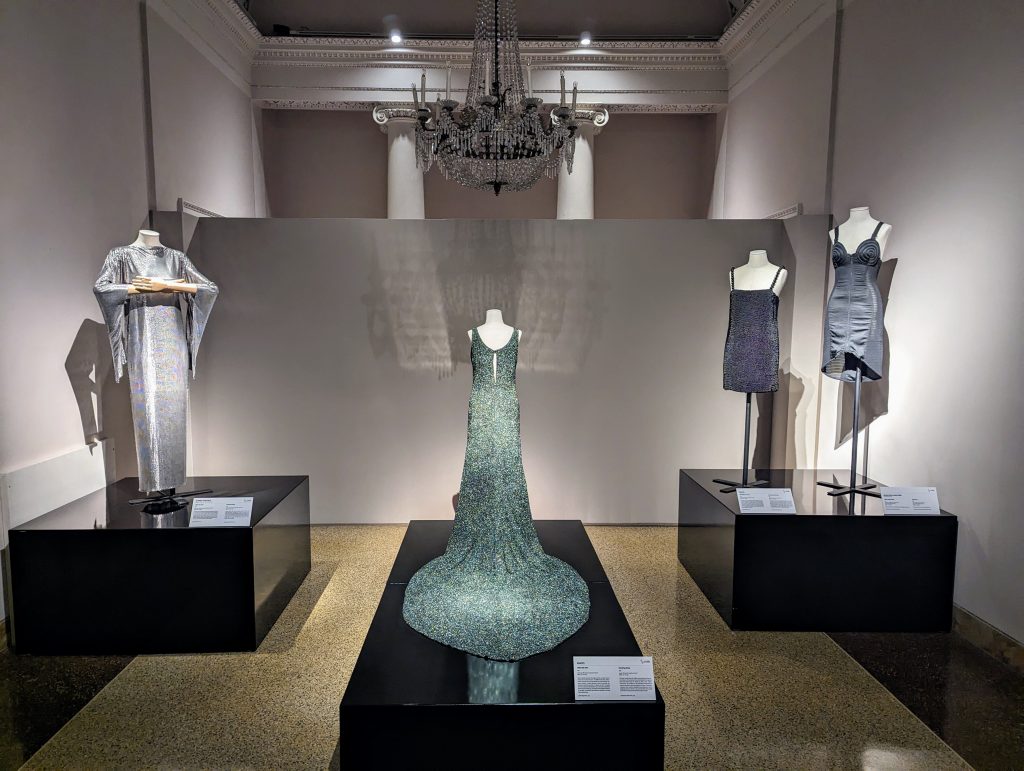
The Museum of Fashion and Costume at Palazzo Pitti was opened as the Galleria del Costume on October 8, 1983 by Kirsten Aschengreen Piacenti, a key figure in forming the actual Palazzo Pitti museum complex. The idea of establishing a gallery centred on historic costumes (the first of its kind in Italy) came about in the late 1970s as part of the reorganization of the Silver Museum, which was directed by Piacenti. Tailor, costume historian and collector Umberto Tirelli donated a sizeable amount of his collection to the museum immediately after the opening, including prestigious historic clothing and theatre costumes alongside designs documenting the creative process. The collection has grown exponentially during Piacenti’s years at the helm with donations from Tornabuoni-Lineapiù, Emilio Pucci and Roberta di Camerino, among others. In recent years, under Eike Schmidt’s leadership as director of the Uffizi Galleries, which manages the museum, the collections have had a more contemporary focus due to menswear donations from the Centro di Firenze per la Moda Italiana and Pitti Immagine.

